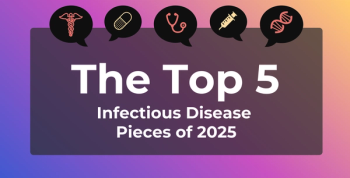
Dr Thomas C. Quinn Discusses Global Trends in HIV Transmission
The spread of HIV has stabilized in some areas of the world, but continues to rise in others, said Thomas C. Quinn, MD, director of the Johns Hopkins Center for Global Health.
The spread of HIV has stabilized in some areas of the world, but continues to rise in others, said Thomas C. Quinn, MD, director of the Johns Hopkins Center for Global Health.
Transcript
What have been the trends in transmission of HIV/AIDS?
So HIV has continued to transmit throughout the world, primarily sexual transmission. Some areas of the world it has stabilized, such as in some parts of sub-Saharan Africa, Latin America, North America. Europe, except for Eastern Europe. As I mentioned earlier, it’s been rising in Eastern Europe. And part of this has been due to the lack of anti-retroviral drugs, which have been shown to decrease HIV transmission and hence, acquisition in the unaffected population. So in summary, we’re still dealing with a global pandemic, a disease still out of control, 2 million people newly infected last year that shouldn’t have been infected, but we’re making some progress. We have a ways to go but it still remains a threat to the global population.
Newsletter
Stay ahead of policy, cost, and value—subscribe to AJMC for expert insights at the intersection of clinical care and health economics.







































